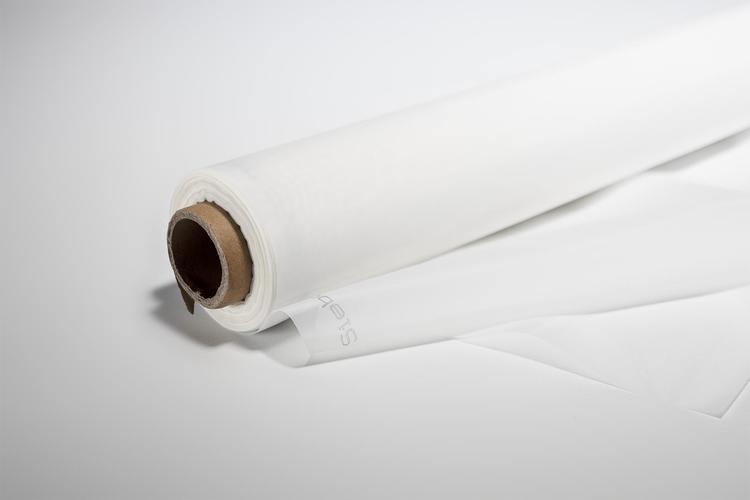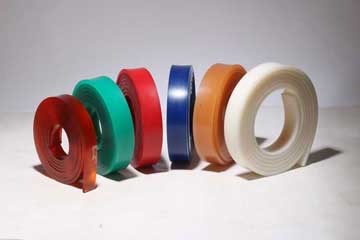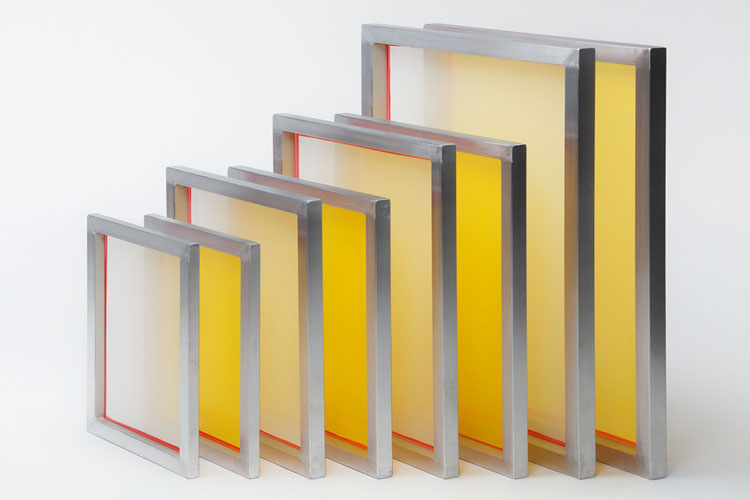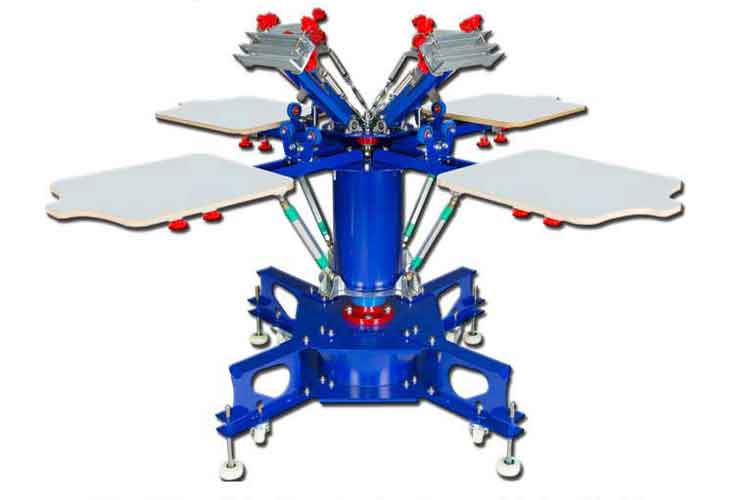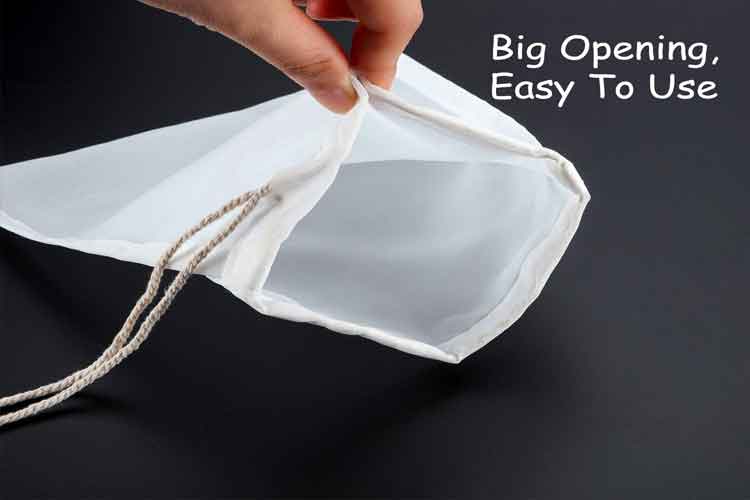Why the right nylon membrane syringe filter matters for every lab
The nylon membrane syringe filter is a workhorse for many labs because it balances cost, compatibility and performance. Treat filter selection as a short validation project: define your needs, request samples and COAs, run quick tests, and then standardiz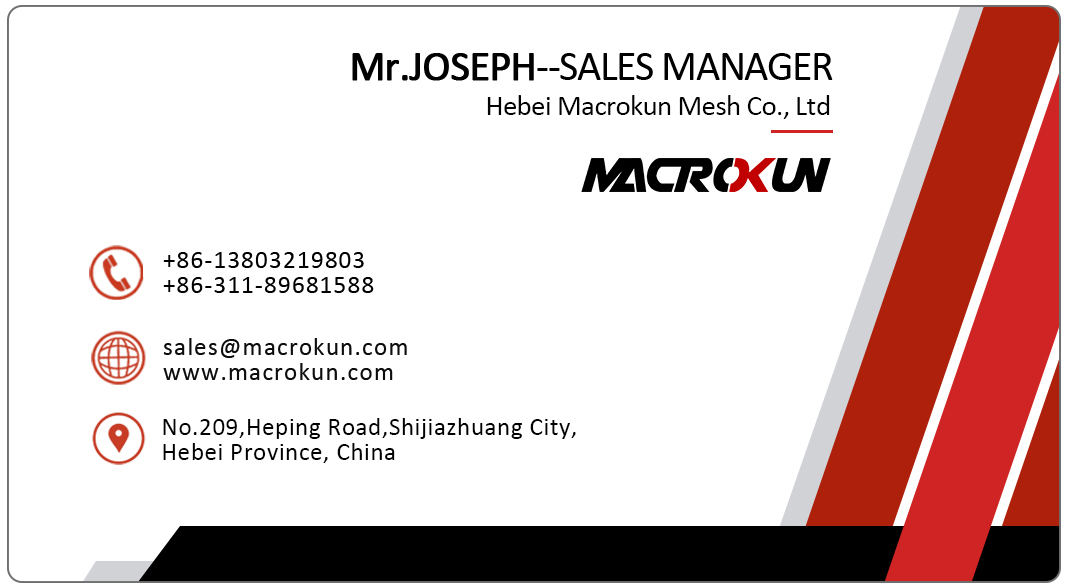
If you work in an analytical lab, QC department, or any environment that processes small samples before analysis, you know the tiny decisions add up. The right nylon membrane syringe filter makes sample prep faster, protects downstream instruments like HPLC columns, and reduces reruns caused by particulates or unexpected extractables. Choosing the wrong filter costs time and money; choosing the right one becomes an invisible productivity gain. This article explains what to look for, why nylon is often a smart choice, and how to buy with confidence.

What a nylon membrane syringe filter actually is
A nylon membrane syringe filter is a single-use filtration device: a circular membrane of nylon fixed inside a plastic housing that connects to a syringe. Nylon membranes are hydrophilic and are typically available in pore sizes like 0.1, 0.2 (or 0.22), 0.45 µm and diameters such as 13 mm and 25 mm. They are commonly used to clarify samples prior to injection into analytical instruments and are offered in sterile and non-sterile formats. High-quality options include features such as low hold-up volume, housing integrity testing, and color coding for easy identification.
Why labs choose nylon — practical strengths
Nylon has several practical advantages that make the nylon membrane syringe filter a go-to for many routine tasks:
-
Hydrophilicity: wets easily with water and many polar solvents, which speeds filtration and avoids pre-wetting steps.
-
Broad solvent compatibility: suitable for many aqueous and polar organic mixtures used in HPLC sample prep.
-
Low extractables: reputable manufacturers offer low-extractable grades and COAs for trace-sensitive work.
-
Mechanical strength: nylon membranes are often supported by a backing that improves handling and reduces tearing.
These traits explain why many suppliers position nylon as the default option for general sample clarification and HPLC prep.
When nylon is not the best choice
No single membrane material is perfect for every situation. Consider alternatives if your work involves:
-
Protein recovery: materials like PES or PVDF often bind less protein and are preferable when high recovery is required.
-
Aggressive organic solvents: hydrophobic PTFE excels for highly non-polar solvents where nylon may swell or perform inconsistently.
-
Extremely low background requirements: some PVDF or specially certified membranes have even lower UV-absorbing extractables for trace analyses.
If your method is sensitive, ask suppliers for a COA and perform a small validation run with your matrix.
Choosing pore size and diameter — practical rules of thumb
Pick the nylon membrane syringe filter pore size to match your goal:
-
0.45 µm: common for general particulate removal and fast flow—good first step for HPLC sample prep.
-
0.22 (0.2) µm: used when finer particulate removal or higher confidence in clarity is needed; expect slower flow and potential need for prefiltration on dirty samples.
-
0.1 µm: specialty applications requiring very fine exclusion.
Diameter matters too: 13 mm syringe filters are economical for single small samples; 25 mm filters are better when you filter larger volumes or need faster throughput. When in doubt, validate both pore size and diameter with representative sample volumes.
Housing, integrity testing and sterility options — what to request
A robust nylon membrane syringe filter offering will list housing material, whether the device is integrity tested, and sterilization status. For critical workflows:
-
Request integrity testing or housing checks — this reduces the risk of failed seals or membrane displacement.
-
Decide whether you need sterile-packed filters (gamma-irradiated) or non-sterile bulk packs.
-
Ask whether the housing is molded polypropylene and color-coded for easy identification.
These details matter to procurement teams and increase confidence at receiving inspection.
How to validate a supplier sample quickly
A short validation routine prevents costly mistakes and helps you select the right nylon membrane syringe filter for your lab:
-
Order sample packs in the pore sizes and diameters you plan to use.
-
Run a flow and clarity test: record filtration time and visually inspect filtrate.
-
Analyze a blank from the filtrate in your detection method to check for extractables.
-
If using for HPLC, inject filtered blanks into your routine method to check for unexpected peaks.
Only after passing these checks should you scale to bulk orders.
Common packaging choices and procurement tips
Suppliers sell nylon syringe filters as singles, small sample packs, and bulk boxes (e.g., 100/pk). For labs moving from development to routine testing, a common procurement strategy is:
-
Use single or 10–25 packs for method development and validation.
-
Move to 100/pk bulk for routine throughput once the filter passes validation.
-
Require COAs for each lot and keep a small buffer stock to avoid instrument downtime.
Specifying lot traceability and COA in the purchase order reduces audit friction and maintains quality.
Typical applications where nylon is an excellent match
You’ll frequently see the nylon membrane syringe filter used for:
-
HPLC sample preparation (prevent column clogging and extend column life).
-
GC sample prep for polar solvents (where PTFE might be unnecessary).
-
Environmental sample clarification where mixed aqueous/organic matrices are present.
-
Routine QC checks and small-volume clarifications before spectroscopy.
Think of nylon filters as the lab’s “first defense” before more specialized filtration steps.
Troubleshooting common performance issues
If filtration is slow, or filtrate shows unexpected color/peaks, consider these checks:
-
Clogging: try a larger diameter or coarser pore size (0.45 µm) or use a prefilter.
-
Binding of analyte: if you observe analyte loss, consider switching to a low-binding membrane like PES or PVDF.
-
Extractables: run a solvent blank through the filter and analyze; request COA from the supplier if unexpected peaks appear.
A simple A/B test with two different membrane types often reveals whether the issue is the membrane or the sample.
Maintenance, storage and handling best practices
To keep supplies reliable:
-
Store filters sealed in original packaging, away from direct light and solvent vapors.
-
Use gloves and avoid touching the membrane surface; handle by housing edges only.
-
Rotate stock on a first-in-first-out basis and log lot numbers for traceability.
Good handling reduces contamination risk and maintains consistent results.
Buyer's checklist — what to request from suppliers
When you request quotes for a nylon membrane syringe filter, include these items:
-
Desired pore sizes and diameters.
-
Sterility requirement and packaging preference.
-
Certificate of Analysis availability.
-
Sample pack policy and lead times.
-
Any required compatibility with your solvents/methods.
A supplier who provides clear answers and samples reduces the time from testing to validated routine use.
Final recommendation — make the small choices count
The nylon membrane syringe filter is a workhorse for many labs because it balances cost, compatibility and performance. Treat filter selection as a short validation project: define your needs, request samples and COAs, run quick tests, and then standardize. That small process converts an ordinary consumable into a reliable contributor to uptime, data quality, and predictable results.
Tags: 0.1 micron filter bag 0.5 micron filter bag 1 micron filter bag 50 micron filter bag 25 micron filter bag 10 micron filter bag 1000 micron filter bag 5 micron filter bag micron filter bag micron filter bags 25 micron filter bags 100 micron filter bag 180 micron filter bag 250 micron filter bag 200 micron filter bag 200 micron filter bags 100 micron filter bags 1 micron filter bags micron filter bags near me 05 micron filter bag 30 micron filter bag 150 micron filter bag 10 micron filter bags 200 micron filter bag wholesale 0.1 micron filter bag wholesale 500 micron filter bag 400 micron filter bag 50 micron filter bag wholesale 400 micron filter bag wholesale 20 micron filter bag 0.1 micron filter bag factory in china 500 micron filter bag factory in china 20 micron filter bag wholesale 5 micron filter bag wholesale 250 micron filter bag factory in china 150 micron filter bag wholesale in china micron filter bag wholesale in china 190 micron filter bag 400 micron filter bag factory in china
Pre:Best screen printing squeegee — pick the one that gives you perfect prints, every time
Next:Why the 70 durometer squeegee is the most practical blade for many shops
Tags:
